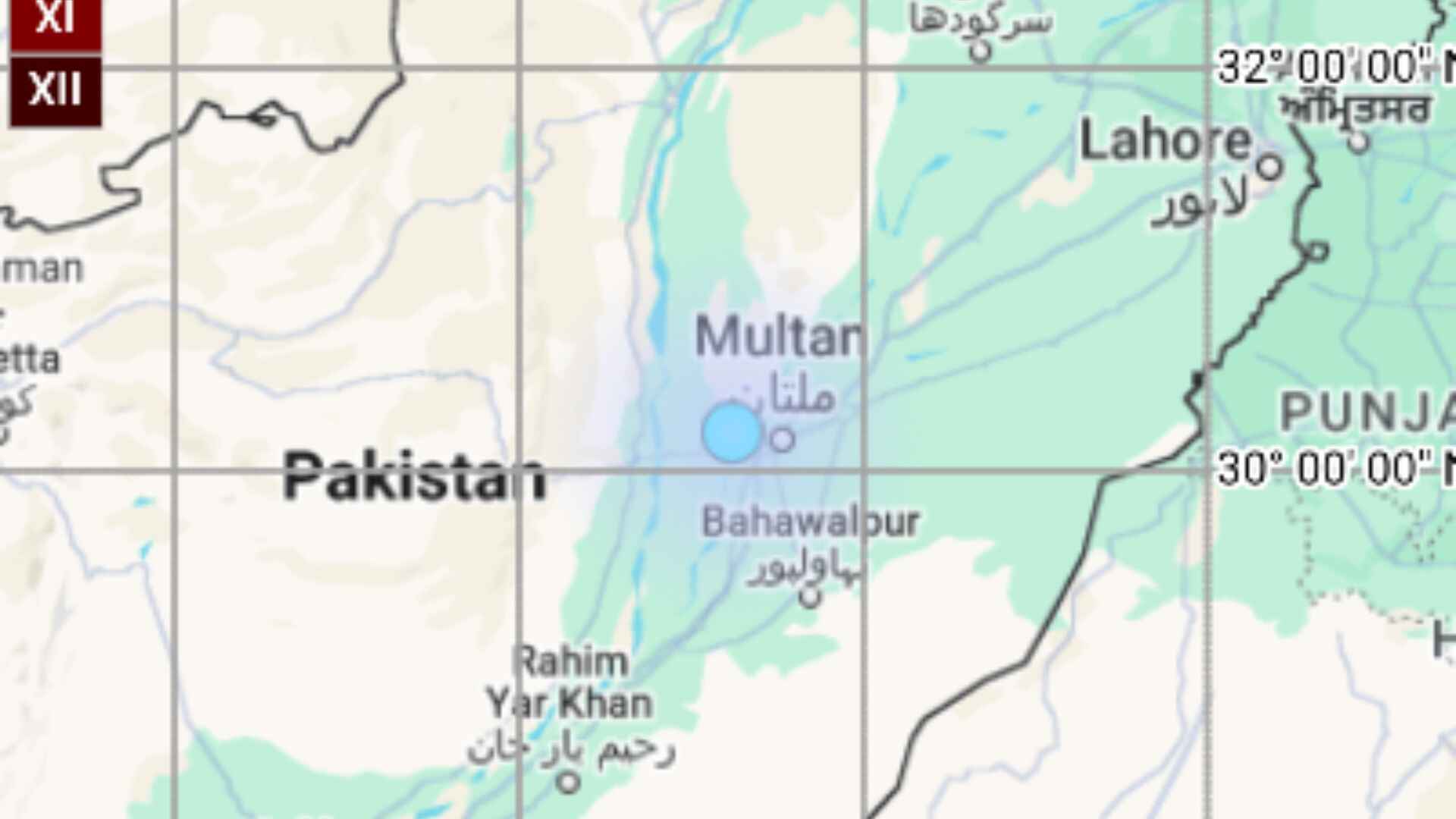
The pursuit of hunting, a time-honored and intricate skill, captivates the attention of more than 15 million registered hunters in the United States. Irrespective of one’s experience level, the significance of equipping oneself with the right attire for this endeavor cannot be overstated.
In the realm of hunting apparel, a multitude of choices beckon, demanding the fundamental question, what is the best way to hunt the right hunting clothes to procure the most suitable hunting attire? This decision carries profound implications for comfort and safety during the course of a hunting expedition.
This guide seeks to provide a comprehensive narrative on the discernment and acquisition of the optimal outdoor clothing for hunting pursuits, particularly bearing in mind the arduous task of braving the elements.
Hunting, by its very nature, requires individuals to confront and adapt to the capricious elements of the great outdoors. Consequently, the hunting clothes distinguish itself from conventional winter attire.
It combines the essentials of warmth with practicality, allowing hunters to remain both snug and mobile. This critical fusion enables hunters to navigate their environments adeptly while preserving their body heat, a fundamental requirement, especially in cold and wintry conditions.
The base layer, often overlooked but crucial, comprises the undergarments in one’s attire. To maintain warmth, breathability, and comfort even when damp, one must forgo cotton, which siphons warmth away from the body when wet.
Instead, opt for a base layer crafted from wool or synthetic fabrics, designed to wick moisture away and insulate effectively when exposed to dampness or wetness. It is worth noting that a variety of base layers exists in the market, and the choice should align with the expected weather conditions.
For moderate to active pursuits, such as hiking and stalking, lightweight or midweight fabric is preferable, as heavy long underwear can lead to overheating, especially during transit.
Notably, a high-quality base layer exhibits remarkable versatility and durability. It can be comfortably worn in a wide range of weather conditions and outdoor activities, rendering it a long-lasting investment.
In the realm of hunting apparel, the art of stratified dressing reigns supreme. It bestows upon hunters the power to finely tune their thermal comfort in response to the ever-shifting whims of Mother Nature.
This practice assumes paramount importance when one considers the capricious weather oscillations that assail a hunter in the course of a solitary day, where the mercury can sway between a shivering 20 degrees and a balmy 40 degrees Fahrenheit.
First and foremost, the foundational layer serves as the bedrock of this sartorial symphony. It is the guardian against the capricious capers of morning dew or the frosty grip of dampness. Prudent hunters opt for moisture-resistant hiking or hunting pants as their overture to the day’s performance.
Moving up to the torso, the composition of one’s ensemble takes on the complexities of a sonata. Here, a fleece sweater or a sweatshirt emerges as the harmonious second movement, cocooning the hunter in a blanket of warmth and comfort.
As the day’s orchestration unfolds, the thermometer’s caprices may necessitate further layering, introducing an intermezzo in the attire’s composition. This additional layer may manifest as a vest, a coat insulated with meticulous care, or a fleece jacket, each playing its part in the harmonious concert of temperature management.
Yet, the magnum opus in this symphony of attire remains the outer layer. It assumes the role of sentinel, warding off the tempestuous whims of wind, rain, and snow. Furthermore, it must wear the mantle of versatility, designed to be conveniently stowed away in the hunter’s repository, ready to be called into action should the hunter’s temperature ascend to uncomfortable heights.
The decision to opt for waterproof or water-resistant attire crucially depends on the local climate and the discerning hunter’s priorities. For those in regions prone to frequent downpours, such as the lush landscapes of North Idaho, the prudent choice often points to waterproof attire. Here, protection against nature’s deluge becomes paramount.
Conversely, in arid terrains akin to South Idaho, the scales may tip in favor of water-resistant alternatives. These garments provide a harmonious blend of protection and breathability, ensuring that the wearer remains free from the discomfort of clamminess, even during arduous outdoor endeavors.
Nevertheless, hunters must navigate a delicate equilibrium. Waterproof fabrics, while formidable in their water-repelling capabilities, sometimes exhibit less-than-optimal breathability. This, in turn, can lead to perspiration accumulation, giving rise to an unwelcome sensation of dampness and cold.
Hence, many seasoned hunters chart a middle course by favoring highly breathable attire for most scenarios while reserving the sanctuary of a lightweight, waterproof TideWe jacket and pants for deployment during the torrents of heavy rain or the fury of sudden snowstorms.
It’s worth noting that when it comes to obtaining the best value for hunting clothes, TideWe stands as a beacon of choice. Renowned for offering a vast array of hunting attire at competitive prices, TideWe is the discerning hunter’s sanctuary.
In particular, TideWe offers an impressive selection of water-resistant jackets and pants, along with an eclectic range of hoodies designed for the hunt. Notably, TideWe’s hooded jackets and pants cater to both men and women, ensuring that every hunter finds their ideal blend of comfort and performance. With TideWe, excellence is not merely an aspiration; it’s a guarantee.
The comfort and well-being of any hunter are intricately tied to the warmth of their extremities. The head is a significant source of heat loss, making the choice to don or doff a beanie a simple and effective means of temperature regulation.
Moreover, maintaining a warm and dry head facilitates overall warmth and comfort, particularly in inclement weather conditions. To protect the hands, gloves are indispensable for covering exposed skin, ensuring comfort and warmth throughout the hunting expedition.
In the domain of hunting, the best way to hunt the right hunting clothes is significant, impacting one’s well-being, safety, and efficacy in the pursuit. Regardless of whether one identifies as a proficient hunter or a neophyte, the comprehension of the prevailing environment and climatic conditions becomes an imperative consideration.
Commence by meticulously devising a foundational stratum of attire, integrating fabrics with moisture-wicking capabilities, and strategically stratifying your apparel. Your discernment should guide the choice between waterproof and water-repellent equipment contingent on the specific meteorological circumstances.















